Today, we are continuing on our series talking with the animators of the 2021 Sundance Film Festival with our interview with animator Alisi Telengut. She has a new short at the festival called The Fourfold.
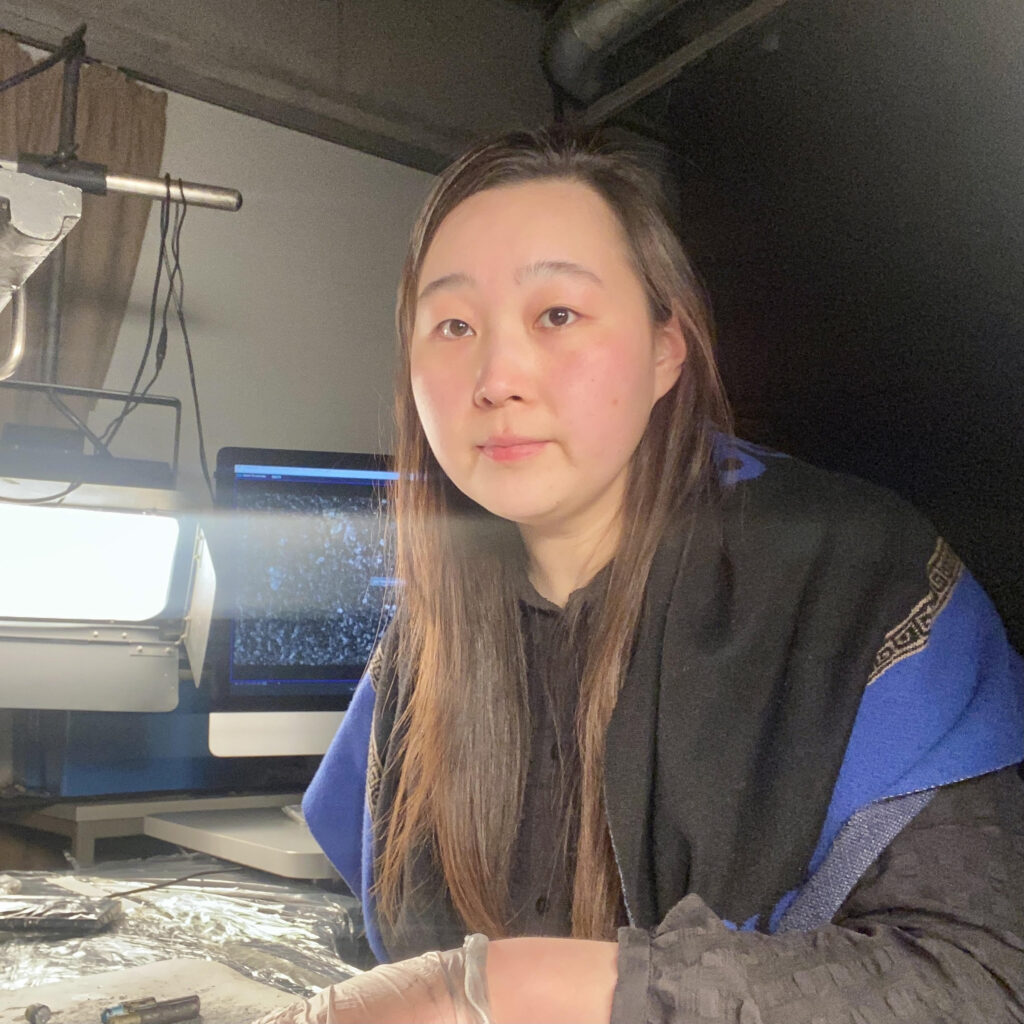
Why don’t we start with you telling us a little bit about yourself and how you ended up becoming an animator?
Sure. I’m a Canadian artist from Montreal, and I’m originally from Mongolia. My former training was in a film school and in film animation, but the film animation was in a larger fine arts program. I did my bachelor and master all in fine arts, and right now I’m in Berlin, Germany, doing my doctoral research.
At the beginning, why I started animation: I wasn’t sure I would continue in this field, but I’m glad that the program where I studied in Montreal was more focused on this artistic exploration for independent, auteur film-making instead of working for a big studio. Of course, it’s difficult, I understand that, but I continued forward.
That’s great. So did you grow up watching a lot of animation?
Not really. I was very interested in paintings actually, and I always wanted to be a painter. But then by chance I applied for the animation program. I realized there are lots of different opportunities for animation; I could combine sound and other languages and tools to make a film with painting.
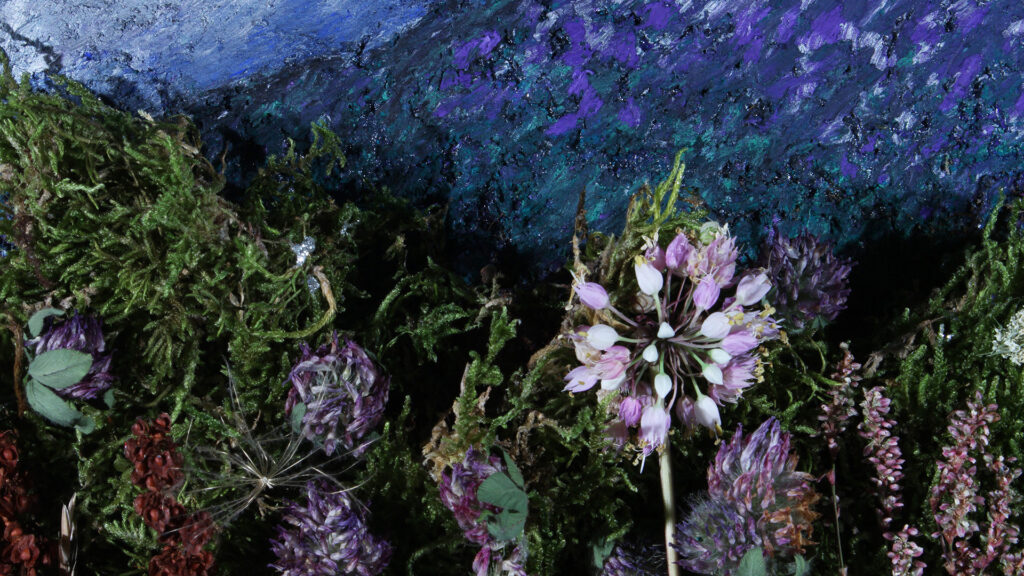
This short, The Fourfold, it has a very unique aesthetic to it, and how did you create it? It looks almost like stop motion at certain points with the paint. How did you make the look of the short?
Yeah, good question. So at the beginning, I was really inspired by the work of William Kentridge. He’s a South African artist; he makes animations. And he draws on a huge piece of paper and then again and again over the same piece of paper, and then kind of erases the previous frame. And I saw that; I was like, “Wow, that’s a very interesting work of art.”
So I tried with many different materials; I used paint and oil pastel, all kinds of material, but finally oil pastel works better, but it’s really slow and repetitive. And for this particular film, it’s also made under the camera with the same workflow. The film is about nature, like the human-nature relationship. So I was like, “Maybe I’m gonna experiment with some plants,” so I incorporated some plant-like natural elements.
So who is speaking in the short? It’s about pagan traditions, I think, is that right?
Yeah, actually it’s ancient animistic beliefs. So the person who is speaking is my grandmother. There are lots of traditions explored like the human-nature relationship and how humans are connected and should have respect for nature.
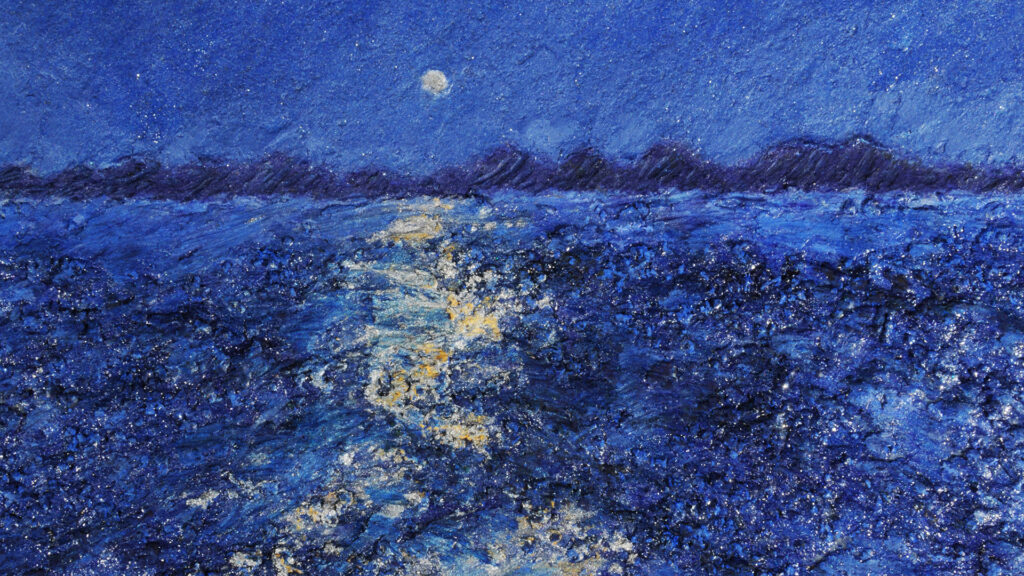
Okay, that’s great. And it was in… I heard it sounded like there was Mongolia and Siberia?
Yeah, I wouldn’t say it’s a country, but a long time ago, it’s the people around that area moving around; it’s the same cousins and brothers, the same group of people. So, kinda like relatives. In Siberia, there are lots of related people, or the languages are very connected, and have similar cultural traditions, and the song that I used in the film is by Huun-Huur-Tu. They are from Siberia; they’re from Tuva, Siberia.
They said in the notes that it’s about the animalistic beliefs and shamanic rituals in Mongolia and Siberia, and is this something that you were aware of from your grandmother, or something you had to learn about and for the short?
I heard about all these stories like mythology and traditional rituals since I was young. I saw some of the rituals, for example, the worshiping I’ve seen later in my life. When I started going to school and started reading anthropologies, I learned about this thing called animism. In fact, it has been reconsidered in the past 20 years because at the beginning it’s a problematic term in the 18th century from British anthropology.
It’s the thing that Western Europeans have advanced to the highest stage of science, while the rest of the people are still primitive and animistic. So that was the problem, but then in the past 20 years, the idea has been reconsidered, because of the worldwide indigenous populations. The animistic movement becomes a call for protection of our natural resources and the environmental ethics.
So what is it that you are hoping people take away from watching the short?
My idea was mainly there are other ways of thinking about nature outside of the Euro-Western thought. For example, animism means that nature, cosmo, stones and trees – they’re all considered as alive, as a person. In this way, people would just respect them, right? Yeah, that was the main message.
And so how long did it take you to make this short?
I started in 2018, second half of the 2018 until I finished early 2020. I was working on it part time.
That’s great, Do you have any advice that you would give to young animators that hope to eventually get accepted into Sundance?
I just hope people would keep experimenting, keep exploring. Yeah, don’t give up.
You can find out more about Alisi’s art at her website.
Edited by: Kelly Conley


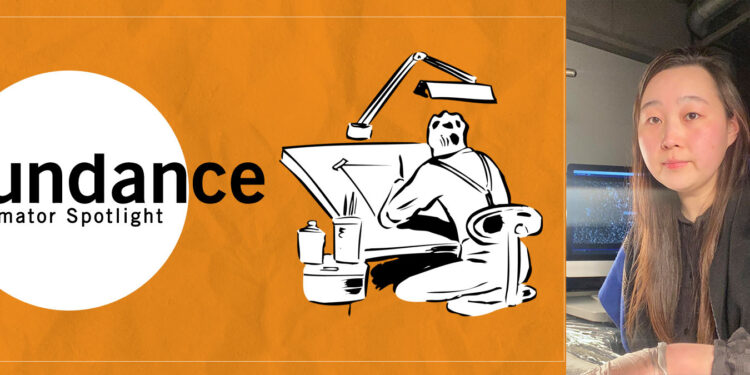


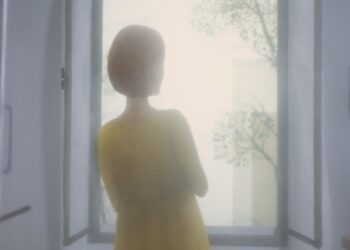
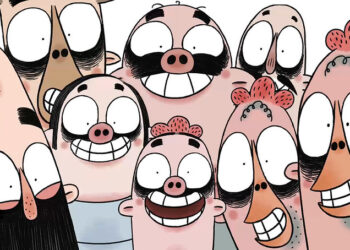
![[TRAILER] ‘The Snoopy Show’ Dancing Over to Apple TV+](https://www.rotoscopers.com/wp-content/uploads/2021/01/The_Snoopy_Show_Photo_010101-75x75.jpg)